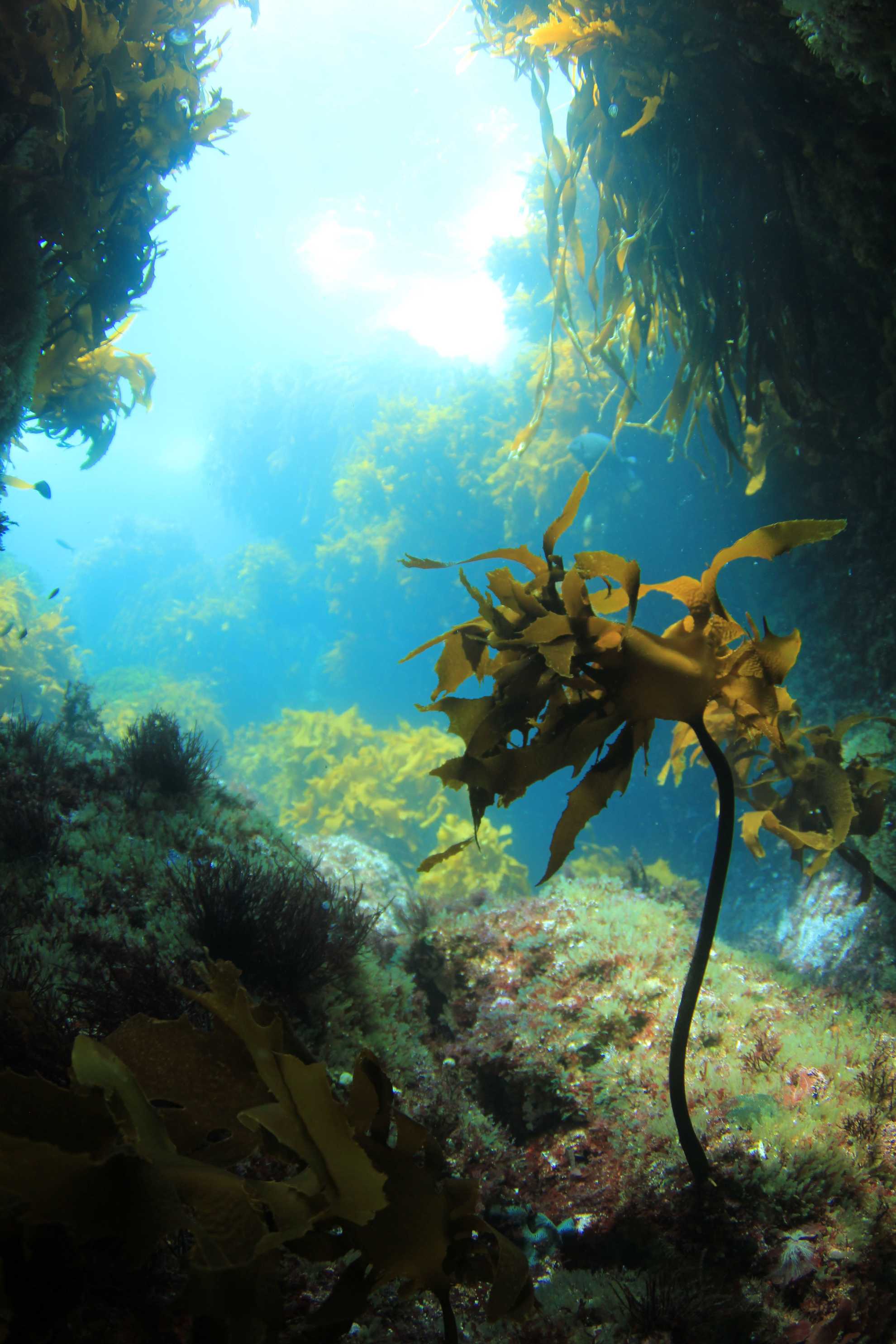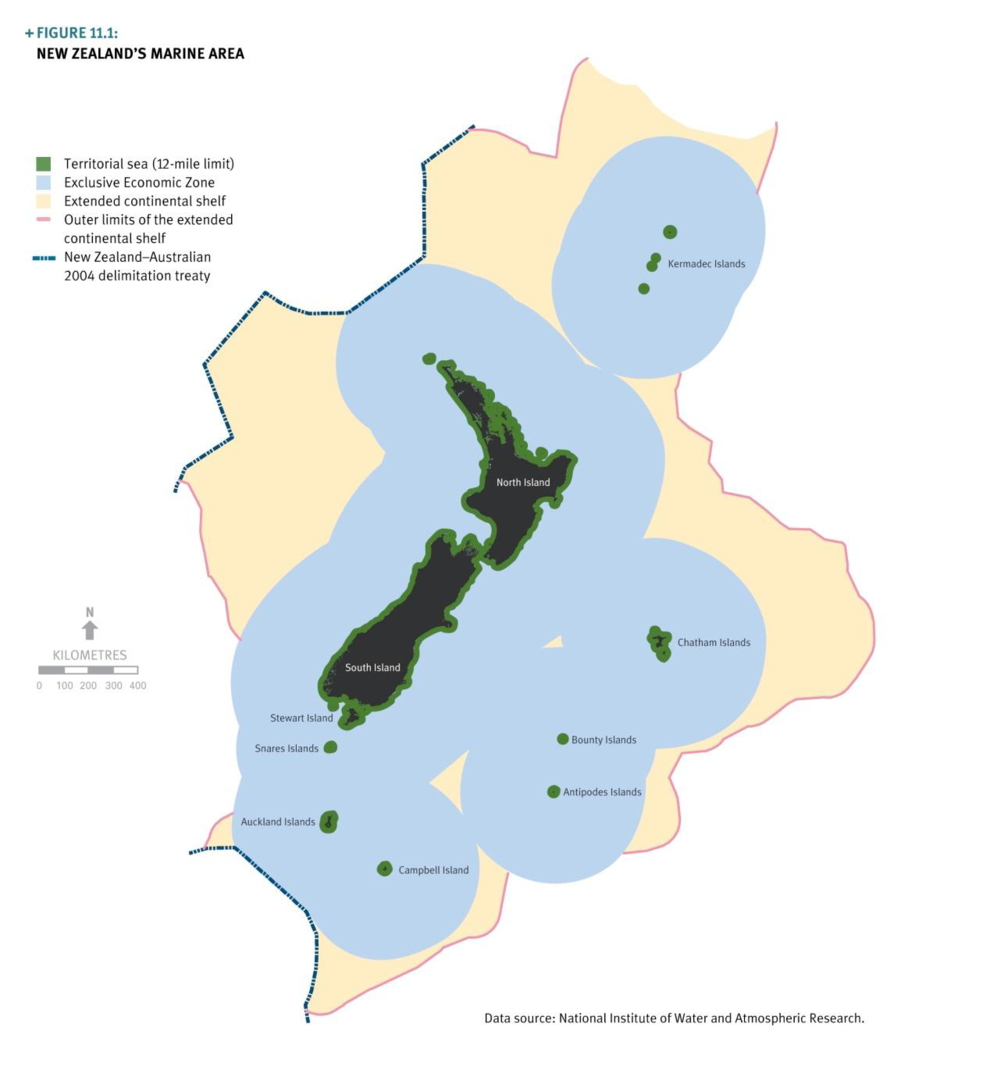Introduction

The Exclusive Economic Zone and Continental Shelf (Environmental Effects) Act 2012 (“the EEZ Act”) was developed to address gaps in the management of New Zealand’s marine environment. The Resource Management Act 1991 provides for integrated management of the effects of activities within New Zealand’s territorial boundary (from the coastline to 12 nautical miles offshore), but, prior to the EEZ Act, only some activities in the exclusive economic zone (“EEZ”) and continental shelf (“CS”) were regulated for their environmental effects.
The EEZ comprises those areas of the sea, seabed, and subsoil that are between 12 to 200 nautical miles from the coast of New Zealand (including the coast of all islands). The CS overlaps with the EEZ. It includes areas of seabed and subsoil that extend beyond 12 nautical miles from the coast to the outer edge of the continental margin (unless otherwise delineated). The extended continental shelf (“ECS”) includes those parts of the CS that extend beyond the 200 nautical mile limit of the EEZ.
The EEZ Act “fills the gaps” of the existing management regime in the sense that it only manages the effects of activities that were not already regulated for their environmental effects under existing legislation. In that regard, fishing continues to be managed under the Fisheries Act 1996 and shipping continues to be managed under the Maritime Transport Act 1991. The primary activities in the EEZ and CS that are now managed under the EEZ Act are those that relate to disturbance of the seabed and/or water column, including petroleum and mineral exploration and production, aquaculture, marine energy generation, and carbon capture and storage. These activities and their effects are described in more detail in the Activity Status section of this website.
The EEZ Act sets up a management and decision-making framework for managing the effects of activities in the EEZ and CS. Within this framework, the Ministry for the Environment is empowered to make regulations to cover technical matters, including by classifying activities as permitted, discretionary, or prohibited. Permitted activities can proceed, subject to compliance with any relevant conditions. Prohibited activities are effectively banned and no consent can be issued for them. Discretionary activities are subject to a marine consent application process, which is administered by the Environmental Protection Authority.
The EEZ Act framework is largely based on the RMA framework. For this reason, case law developed under the RMA will be highly persuasive (although not binding) under the EEZ Act where there are strong similarities in the provisions. However, there are a number of important differences, including the purpose. For example, the activity status of marine activities is defined in regulations with limited public involvement compared to the RMA which requires a rigorous public process for their development. Another difference is that the EEZ Act requires notification requirements to be defined in regulations instead of being determined on a case-by-case basis by the consent authority.
The EEZ Act came into force on 28 June 2013 and practice associated with its application is still evolving. This website will be updated as case law guidance becomes available and evolves.

Last updated at 11:31AM on December 22, 2017